The olive wood pipe, a traditional craft deeply rooted in Palestinian culture, has long been admired for its intricate design and functional beauty. Among its many features, the inner diameter of the pipe plays a crucial role in both its usability and craftsmanship. This measurement, often overlooked by casual observers, is a testament to the precision and skill of Palestinian artisans who have perfected this craft over generations.
The Significance of Inner Diameter
In the world of olive wood pipes, the inner diameter is more than just a measurement—it is a defining characteristic that influences the pipe's performance. A well-calibrated inner diameter ensures optimal airflow, which is essential for a smooth smoking experience. Too narrow, and the draw becomes restrictive; too wide, and the smoke may lose its richness. Palestinian craftsmen, with their deep understanding of the material, strike a delicate balance to create pipes that are both functional and aesthetically pleasing.
The process of achieving the perfect inner diameter begins with the selection of the olive wood itself. The wood must be aged and dried properly to prevent warping or cracking, which could alter the pipe's dimensions over time. Artisans then use specialized tools to bore the center hole with precision, often relying on techniques passed down through families. This meticulous attention to detail ensures that each pipe meets the high standards expected by discerning users.
Cultural and Historical Context
Olive wood pipes hold a special place in Palestinian heritage, symbolizing resilience and connection to the land. The olive tree, a ubiquitous presence in the region, is not only a source of livelihood but also a cultural icon. By crafting pipes from this revered material, artisans pay homage to their ancestors while preserving a tradition that dates back centuries. The inner diameter, though a technical aspect, is part of this broader narrative—a reflection of the harmony between form and function.
Historically, olive wood pipes were often used in communal settings, where smoking was a social activity. The pipes' design, including their inner diameter, was tailored to enhance shared experiences. Today, these pipes are cherished as both functional items and works of art, with collectors and enthusiasts valuing the craftsmanship that goes into each piece. The inner diameter, though invisible to the naked eye, is a critical element that contributes to the pipe's overall quality.
Modern Applications and Challenges
In contemporary times, the demand for olive wood pipes has extended beyond traditional markets. International buyers, drawn to the pipes' unique charm, often seek out pieces with specific dimensions, including the inner diameter. This global interest has presented both opportunities and challenges for Palestinian artisans. On one hand, it has opened new avenues for economic growth; on the other, it has raised questions about maintaining authenticity in the face of commercialization.
Some craftsmen have adapted by incorporating modern tools to achieve greater consistency in the inner diameter, while others remain steadfast in their use of traditional methods. The debate between innovation and tradition is ongoing, but what remains unchanged is the artisans' commitment to quality. Whether made for local use or international export, each pipe is a testament to the skill and dedication of its maker.
The Future of Olive Wood Pipes
As the world becomes increasingly interconnected, the future of olive wood pipes lies in balancing tradition with modernity. The inner diameter, though a small detail, encapsulates this broader challenge. Preserving the artistry and cultural significance of these pipes while meeting the demands of a global market will require creativity and resilience—qualities that Palestinian artisans have demonstrated for generations.
Efforts to document and standardize techniques, including those related to the inner diameter, could help ensure that this craft endures. At the same time, educating consumers about the value of handmade pipes may foster greater appreciation for the work that goes into each piece. In this way, the olive wood pipe, with its carefully measured inner diameter, can continue to be a symbol of Palestinian heritage and craftsmanship for years to come.

By /Jun 6, 2025

By /Jun 6, 2025

By /Jun 6, 2025
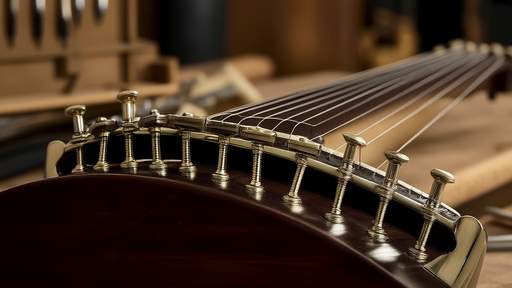
By /Jun 6, 2025
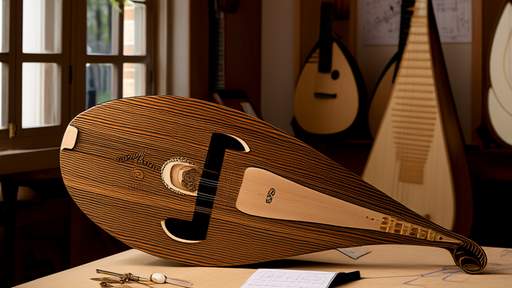
By /Jun 6, 2025
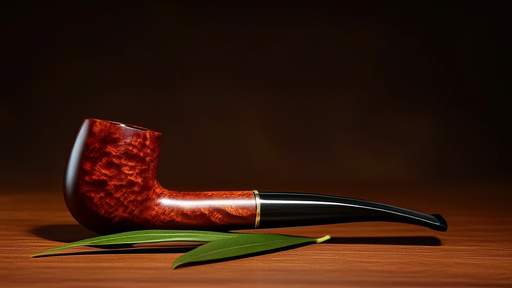
By /Jun 6, 2025
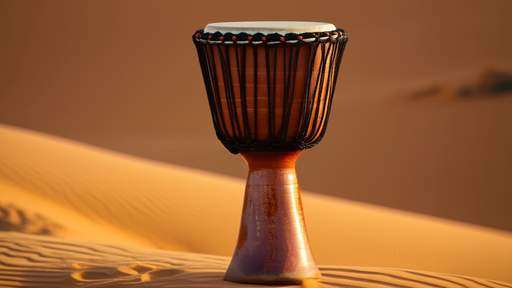
By /Jun 6, 2025

By /Jun 6, 2025

By /Jun 6, 2025

By /Jun 6, 2025

By /Jun 6, 2025

By /Jun 6, 2025
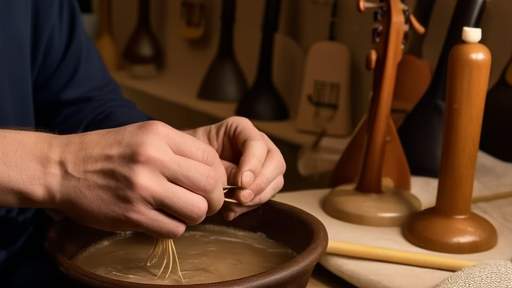
By /Jun 6, 2025

By /Jun 6, 2025
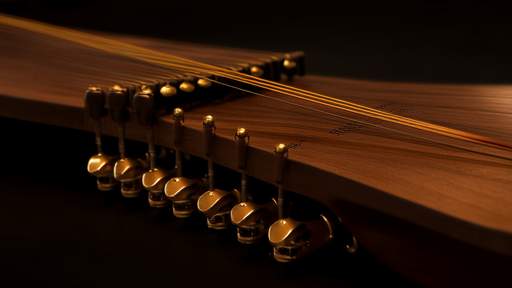
By /Jun 6, 2025
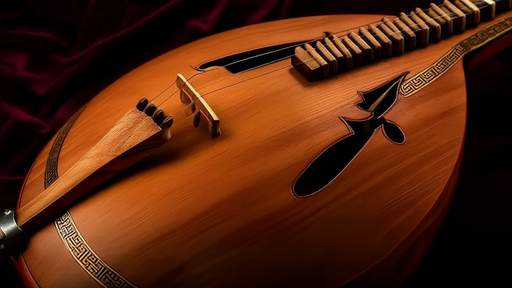
By /Jun 6, 2025

By /Jun 6, 2025
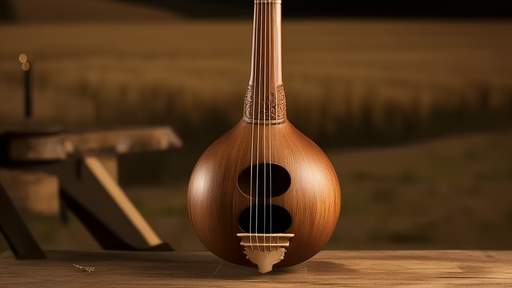
By /Jun 6, 2025
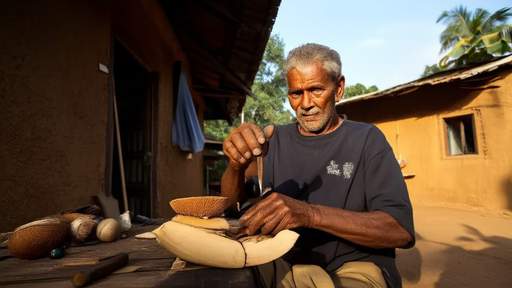
By /Jun 6, 2025
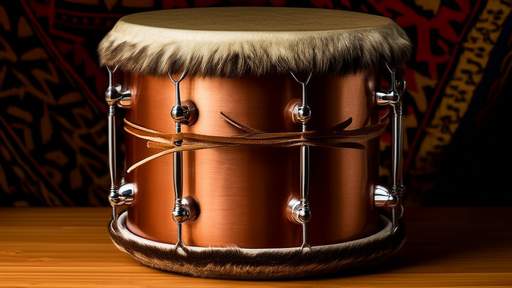
By /Jun 6, 2025